Having been known for its heaven like beaches, the Philippines has attracted thousands of international citizens to visit the country. Apart from its tourism magnet, it has been reported that there are more than five thousand foreign students coming to the country for their academic pursuit every year. The reasons are pretty clear. The living costs and school fees are considered way more affordable when compared with other English speaking countries. Not only that, its tourism spots and mix of cultures (Spanish, American and Malay) make the country far more interesting to young minds who want to explore and have fun while stuying. So far, such large number of students are catered by around two thousand universities in the Philippines.
Choosing the one that suits your academic needs out of so many options might be tricky, but knowing list of the country’s top universities may help you make up your mind. To be noted, the list is based on the Quacquarelli Symonds (QS) Asia University Rankings of 2021 and so far, there are ten Philippine universities that have made their way into the billboard chart.
| University | Ranking |
|---|---|
| University of the Philippines | 69th |
| Ateneo de Manila University | 135th |
| De La Salle University | 166th |
| University of Santo Tomas | 186th |
| University of San Carlos | 451 – 500 |
| Ateneo de Davao University | 501 – 550 |
| Mapua University | 501 – 550 |
| Silliman University | 501 – 550 |
| Mindanao State University – Iligan Institute of Technology | 551 – 660 |
| Adamson University | 600+ |
1. University of the Philippines Diliman
UP Diliman is the number one university in the country. Although the University of the Philippines is government funded and it is accessible throughout the country as it has 15 different campuses in different locations. UP Diliman in Quezon City is the most reputable one. Being awarded as the 69th best university in Asia and 367th in the world by the QS,
UP Diliman has more than twenty thousand students with three most recognized majors: English language and literature, management and social sciences. Other than the three majors, academic programs related to architecture, biology, business, broadcast, chemistry, computer, economics, film, food technology, geology, industry, journalism, mathematics, mining, psychology, tourism and visual communication. In addition to the varied programs, the Commission on Higher Education has declared many of its research centers the National Centers of Excellence.
Type: State University
Bachelor’s degree: ₱ 40,000-50,000 per year
Master’s degree: ₱ 3,800-51,000 per year
2. Ateneo de Manila University
This university is one of the country’s oldest as it was established in mid 1800’s. Claiming that Lux in Domino or Light in the Lord in English as its motto, this university holds up to excellent education and doing something for environment and community, which can be seen clearly through its sustainability programs.
Academically, Ateneo de Manila is placed joint 95th among Asian universities and 551-600 in the world. Its widely recognized programs are the English language and literature along with arts and humanities. In fact, the first is ranked among the world’s top 200, while the later among the top 350. Other than the those popular majors, other programs are available, such as economics, management, development studies, communication, and European studies.
Type: Private University
Bachelor’s degree: ₱ 160,000-180,000 per year
Master’s degree: ₱ 50,000-70,000 per year
3. De La Salle University
The university is highly reputable in the Philippines, popular for its academic quality and researches. Even fourteen of its programs have been declared Centers of Excellence and five Centers of Development by the Commission on Higher Education. Not only that, the university has received an autonomous status from the Commission.
Furthermore, the university has received global recognition. Despite the fact that it is ranked among the 701-750 when compared with other universities around the world and 166th in Asia, its English language and literature major is indeed quite well recognized as it joins the world’s top 200. There are currently more than eighteen thousand students pursuing their degree in the university. Hundreds of them are international students coming from twenty different countries.
Apart from its excellent academic programs, De La Salle University, which was established in 1911 by the Brothers of Christian Schools, is well known for its community service active involvement.
Type: Private University
Bachelor’s degree: ₱ 205,000-225,000 per year
Master’s degree: ₱ 37,000-100,000 per year
Doctorate degree: ₱ 110,000-205,000 per entire program
4. University of Santo Tomas
Looking at the university’s academic programs, University of Santo Tomas is a one stop study center. Quite similar to the diverse academic options presented by the University of the Philippines Diliman, this university caters a wide range of academic flairs: accounting, arts, chemistry, biology, engineering, commerce, architecture, computer science, hospitality, education, human resources, journalism, laws, music, literature, pharmacy and many others.
Founded in 1611, this university is the oldest in the country and in Asia. So far, its reputation has been affirmed by the QS four star rating it receives and its 801-1000 global place in the QS World University Rangkings. With the currently formed Academic Programs Quality Assurance Office, the quality of each program offered by the university is closely monitored to meet global standards.
Type: Private University
Bachelor’s degree: ₱ 100,000-120,000 per year
Master’s degree: ₱ 66,000-78,000 per year
Doctorate degree: ₱ 74,000-94,000 per year
5. University of San Carlos
University of San Carlos (USC) is a Catholic educational institution administered since 1935 by Society of the Divine Word (SVD) missionaries. A University since 1948, USC offers the complete educational package from kindergarten, including a Montessori academy, to graduate school.
USC is ranked by the International/Asia Quacquarelli Symonds (QS) within 451-500 in Asia as of 2021. USC is also ranked by Scopus as 8th (2018) and Research Gate as 7th (2020) among universities in the Phils. with the most indexed research publications.
Type: Catholic Private University
Bachelor’s degree: ₱ 70,000-80,000 per year
Master’s degree: ₱ 19,500-35,000 per year
6. Ateneo de Davao University
Ateneo de Davao University (Filipino: Pamantasang Ateneo de Davao), also referred to by its acronym AdDU, is a private Catholic basic and higher education institution run by the Philippine Province of the Society of Jesus in Davao City, Davao del Sur in the Philippines. The university has five undergraduate schools, namely the School of Arts and Sciences, School of Business and Governance, School of Engineering and Architecture, School of Education and the School of Nursing. The graduate programs are under these units as well. The College of Law is a separate unit within the university. The university also runs a grade school and high school, both Junior High School and Senior High School.
The University was granted “Institutional Accreditation” by the Philippine Accrediting Association of Schools, Colleges and Universities in which only six universities in the country were given such recognition, and was also granted Autonomous Status by the Commission on Higher Education (Philippines).
Type: Private University
Bachelor’s degree: ₱ 70,000-80,000 per year
Master’s degree: ₱ 19,500-35,000 per year
7. Mapúa University
Mapúa University, formerly named Mapúa Institute of Technology and also referred to by its acronym MU is a private, non-sectarian, research-oriented higher education institution located in Intramuros, Manila and in Makati. It was founded in 1925 by the first registered Filipino architect, Tomás Mapúa, a graduate of Cornell University.
With more than 10,500 students, Mapúa has been producing professionals in diverse fields, namely, engineering and sciences, architecture and design, media studies, information technology, business and management, and social sciences. It offers 39 undergraduate programs, 37 master’s degree programs, 17 joint programs, 7 double-degree programs, and 6 doctorate programs.
Type: Private University
Bachelor’s degree: ₱ 130,000-195,000 per year
Master’s degree: ₱ 44,000-92,000 per year
Doctorate degree: ₱ 65,000-74,000 per entire program
8. Silliman University
Silliman University (also referred to as Silliman or SU) is a private research university in Dumaguete, Negros Oriental, the Philippines. Established in 1901 as Silliman Institute by the Presbyterian Board of Foreign Missions, it is the first American and Protestant founded institution of higher learning in the Philippines and in Asia. In terms of accreditation, Silliman is one of only five universities in the Philippines with “Institutional Accreditation” by the Federation of Accrediting Agencies of the Philippines (FAAP).
Type: Private University
Bachelor’s degree: ₱ 60,000-80,000 per year
Master’s degree: ₱ 40,000-80,000 per year
Doctorate degree: ₱ 40,000-80,000 per year
9. Mindanao State University–Iligan Institute of Technology
The Mindanao State University – Iligan Institute of Technology, commonly referred to as MSU-IIT, is a public coeducational institution of higher learning and research university located in Iligan City, Philippines, charted in 1968 by Republic Act 5363 and integrated as the first autonomous unit of the Mindanao State University System in 1975.
Type: State University
Bachelor’s degree: ₱ 7,000-18,000 per year
Master’s degree: ₱ 28,000 per year
10. Adamson University
Adamson University (AdU; Filipino: Pamantasang Adamson) is a private university in Manila, Philippines, founded on June 20, 1932, by Greek immigrant George Lucas Adamson as the Adamson School of Industrial Chemistry. Adamson University has programs in graduate school, law, the liberal arts, sciences, engineering, nursing, pharmacy, architecture, business administration, and education, as well as secondary, elementary, and preparatory education.
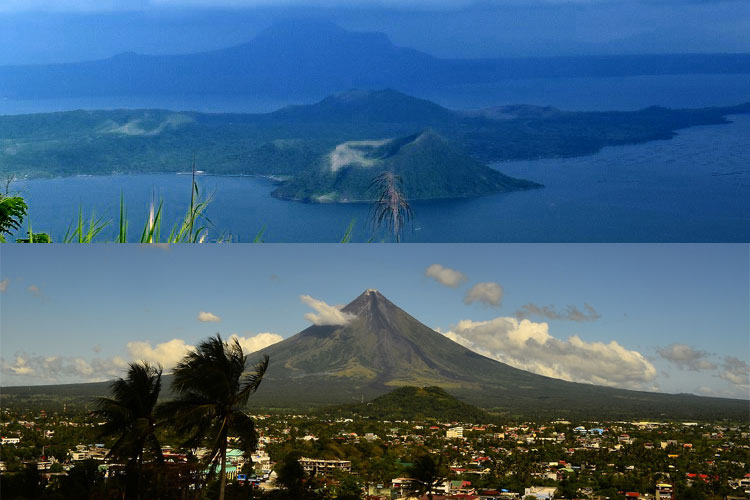
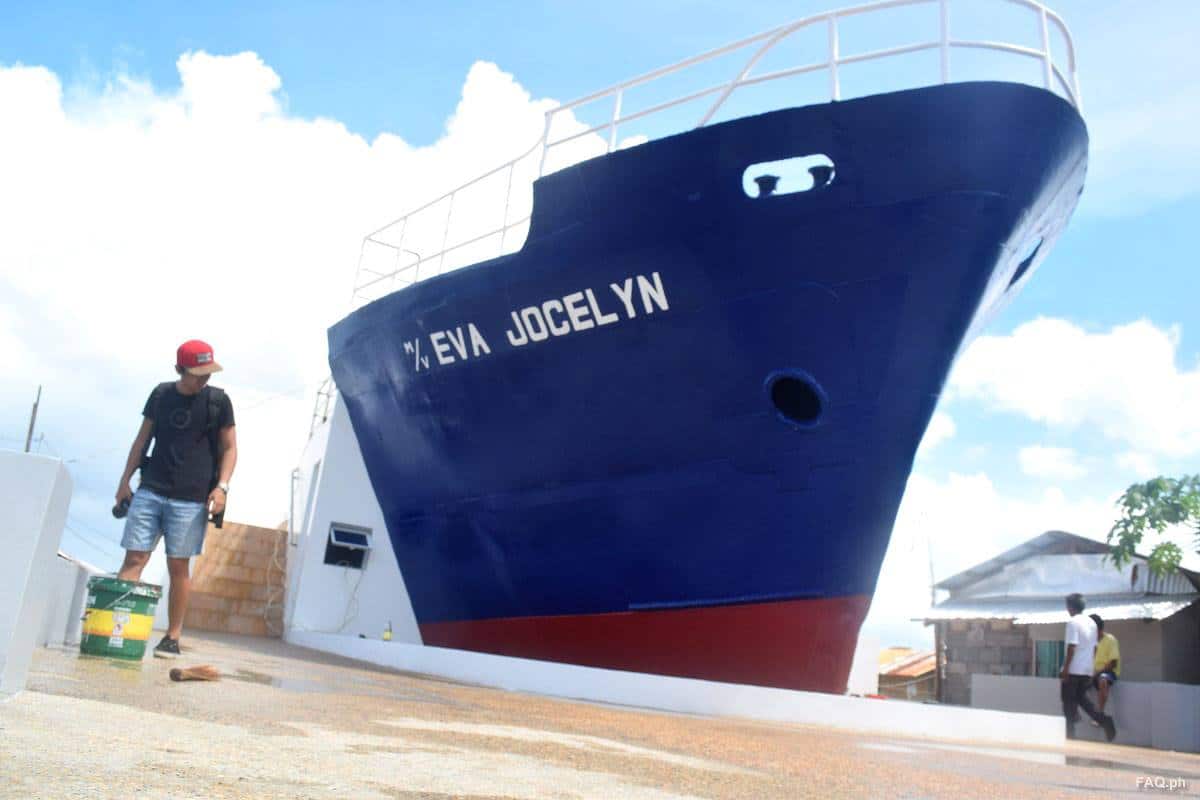
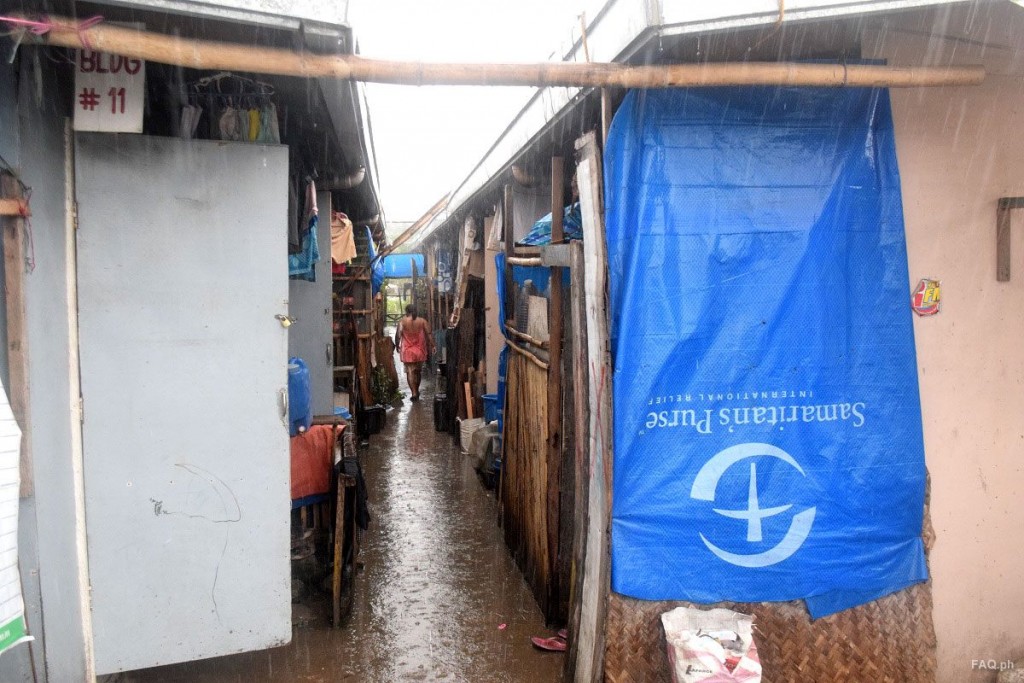
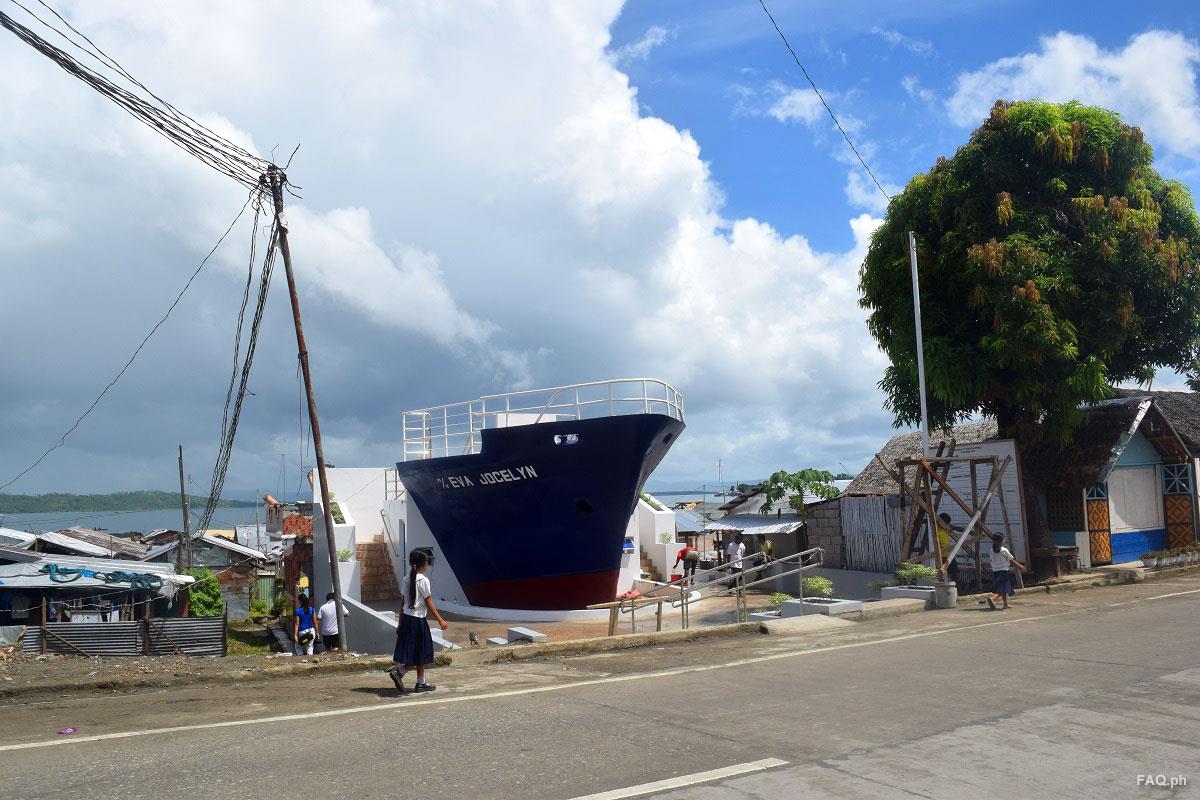
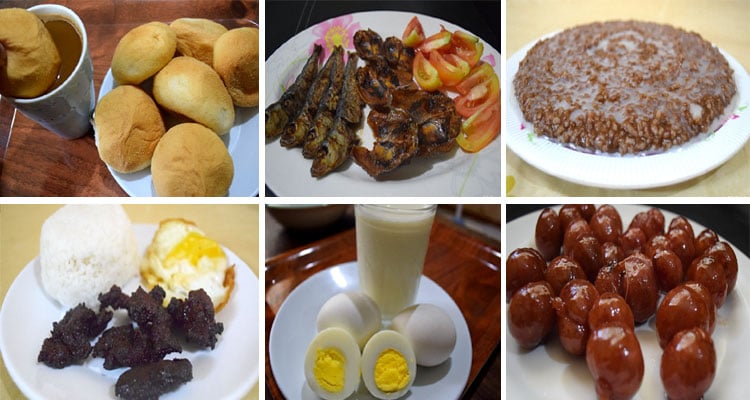

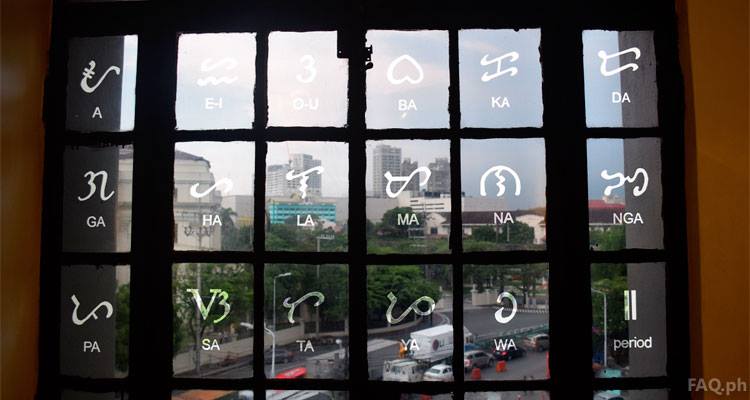
Latest comments